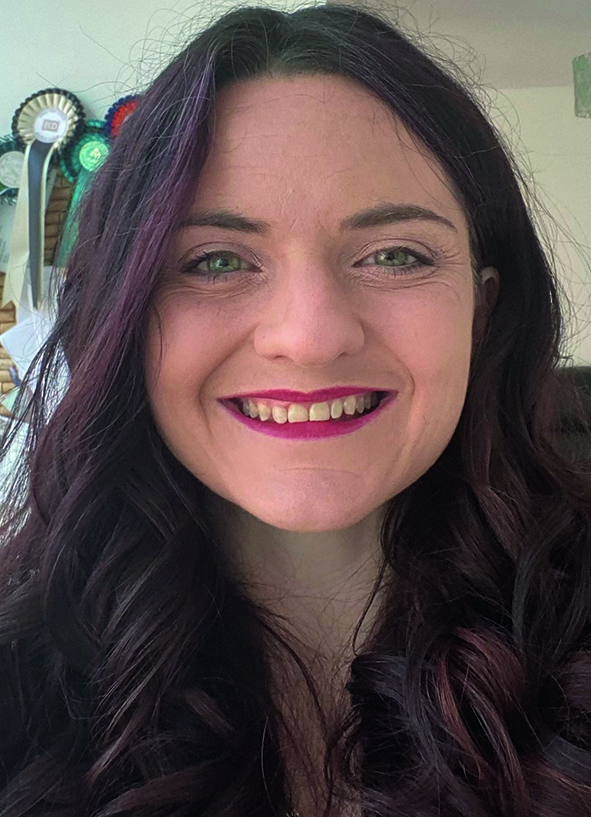
In 2021, the tragic deaths of Arthur Labinjo-Hughes (aged six) and Star Hobson (aged 16 months) became known to the public. Arthur and Star were killed by people who should have been caring for them. In line with national practice for serious and complex cases, their deaths were jointly reviewed by the National Child Safeguarding Practice Review Panel, which found:
- Weakness in information-sharing, seeking and utilisation among agencies.
- A lack of robust critical thinking and challenge between agencies.
- Failure to trigger statutory multi-agency child protection processes.
- A need for sharper specialist child-protection skills and expertise.
- The need for leadership to create conditions for undertaking this complex work.
‘Safeguarding is everyone's business,’ the Government has stated, but for this to work, we need to put together different pieces of the jigsaw to understand what life is like for the child. Early years practitioners are vital members of the multi-agency team and often have key insight, but it is often not easy to see how important that insight is without the bigger picture. The review recognised the need for national multi-agency practice standards for child protection and guidance for professionals. Until these are published, here are some essential areas of best practice you can implement now:
- Listen to those who know the child well.
- Capture the ‘voice of the child’: observe and talk to the child, watching their behaviour and reactions.
- Be child-focused and remain curious when parents provide their account of a situation. With Star and Arthur, professionals focused on the parents’ needs, preventing key questions being asked about the child's own experience or testing out the accounts given by parents. For example, the review found health visitors and early years practitioners were not aware of the extent of disruption in Star's life.
- Ensure you feel confident using your local safeguarding referral processes.
- Share child-protection concerns or uncertainties with the local safeguarding team as it can be triangulated with other information to build a picture of what is happening for the child.
- Speak to the child's health visitor or GP. This will increase the likelihood of the jigsaw being completed and appropriate actions being taken.
- Constructively challenge the perspectives of other agencies if you feel that assumptions made may lead to risk of harm.
- Managers should ensure practitioners have a safe space for reflection and to raise concerns.









